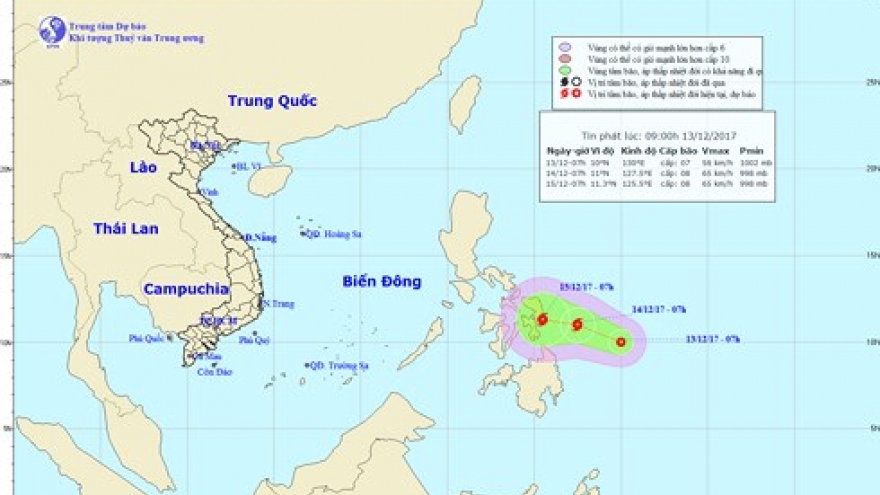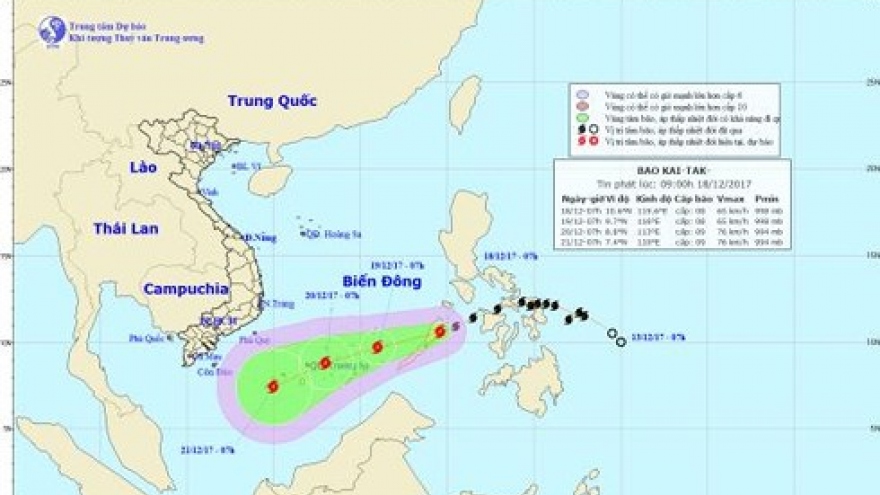Cooperation in East Sea fisheries management, environmental protection
VOV.VN - A Blueprint for Fisheries Management and Environmental Cooperation in the East Sea, a tool to improve management and maintain stability in the East Sea, was introduced by the US’s Center for Strategic and International Studies last year.
 |
The Blueprint, developed by the Asia Maritime Transparency Initiative, aims to set up a group of experts from around the region who are familiar with environmental laws and policies to develop models of conduct for fisheries management and environmental protection in the East Sea.
States responsible for cooperation in marine environmental protection
According to CSIS, the East Sea is one of the world’s five most productive fishing zones, accounting for about 12 percent of all fish caught in 2015. More than half of the world’s fishing vessels operate in these waters. All claimants bordering the East Sea should be involved in the creation and management of East Sea fisheries zones, regardless of the location of their territorial and maritime claims.
Gregory Poling, Director of the Maritime Transparency Initiative of the CSIS, said that unlike hydrocarbons, for which exploitation rights are based only upon a state’s entitlement to the continental shelf, the obligation to jointly steward living marine resources makes fisheries management and environmental protection “low hanging fruit” for cooperation in the East Sea.
With political will, it is entirely possible for nations bordering the East Sea to cooperatively protect these ecosystems and manage fish stocks without prejudice to their overlapping territorial and maritime claims.
Mr. Poling said, "In fact we are clear that for this work all claimants will have to agree that nothing in the framework will amount to a compromise on the eventual sovereignty claim but the UN Convention on the Law of the Sea is filled with requirements for states to cooperate in fisheries management and environmental protection."
Article 123 of the United Nations Convention on the Law of the Sea (UNCLOS) mandates that states bordering semi-enclosed seas like the East Sea are obligated to cooperate in areas that include the protection of the marine environment and management of fish stocks.
This is reflective of the deeply interconnected ecologies of semi-enclosed seas, in which currents cycle marine life (and pollution) through the region without regard for national jurisdiction. Moreover, Article 192 of UNCLOS provides a general obligation for states to “protect and preserve the marine environment.”
Protect marine environment through multilateral cooperation
The international legal obligation to cooperate on fisheries management and the environment is matched by practical necessity. Communities all around the East Sea are highly dependent on fish stocks for both food security and local livelihoods. Yet the region has seen catch rates plummet in recent years thanks to a combination of overfishing and willful environmental destruction. The entire East Sea is teetering on the edge of a fisheries collapse, and the only way to avoid it is through multilateral cooperation in disputed waters.
Mr Poling said, "In the case of outstanding maritime disputes, states have responsibilities to find pragmatic solutions, mechanisms to work through disputes. We have two options. We can either think of creative ways to manage the resources of the ocean or we can spend the next 20 years arguing about sovereignty disputes but the fish is all gonna die in the next 10 years. So it will be lot easier to resole the disputes when there’s no fish left to worry about. But I don’t think that what’s anybody want."
To that end, the Blueprint for Fisheries Management and Environmental Cooperation in the East Sea suggests claimants should agree to establish a Fishery and Environmental Management Area in the East Sea; split enforcement responsibilities between occupiers and flag states; agree not to use subsidies to encourage fishing within the already overfished East Sea; coordinate efforts to reintroduce giant clams and other threatened species such as sea turtles to depopulated reefs in the East Sea; avoid activities that damage the marine environment or alter the seabed; cooperate on marine research, which is necessary to assess the health of the maritime environment and effectively implement conservation efforts.



